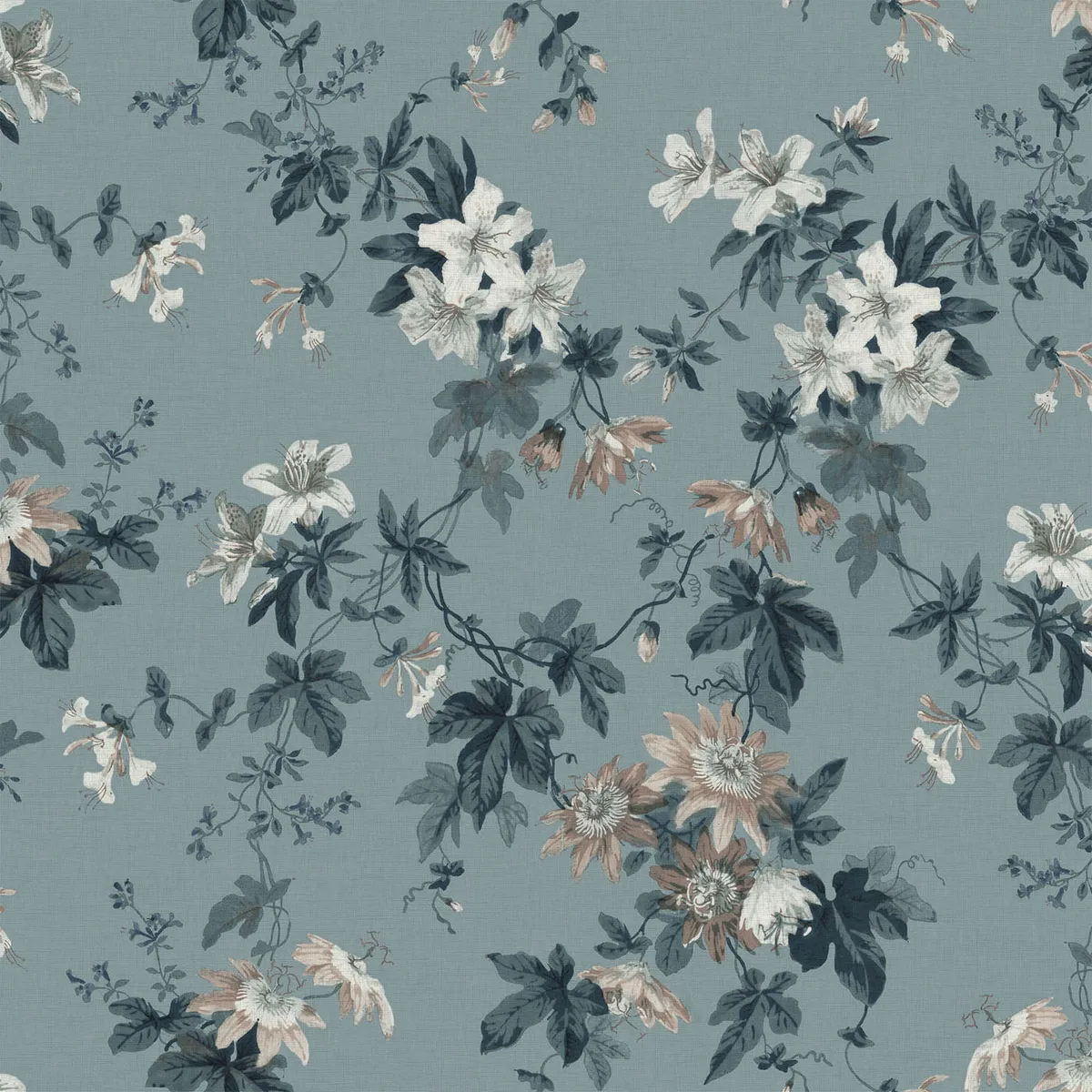When it comes to wallpaper, there are several elements to consider – the materials and inks used to make the wallpaper, the manufacturing process, and the glue or paste for adhering it to the wall.
Before you buy, carefully check the ingredients, as some wallpapers can be coated in plastic – American vinyl wallcoverings, for example. Also, think about where the paper is coming from to make the wallpaper. Look out for the FSC mark, which means the Forest Stewardship Council has certified that the paper is coming from a responsibly managed forest. Check that the ink used in a wallpaper is, like paint, water-based and has minimal VOC content.
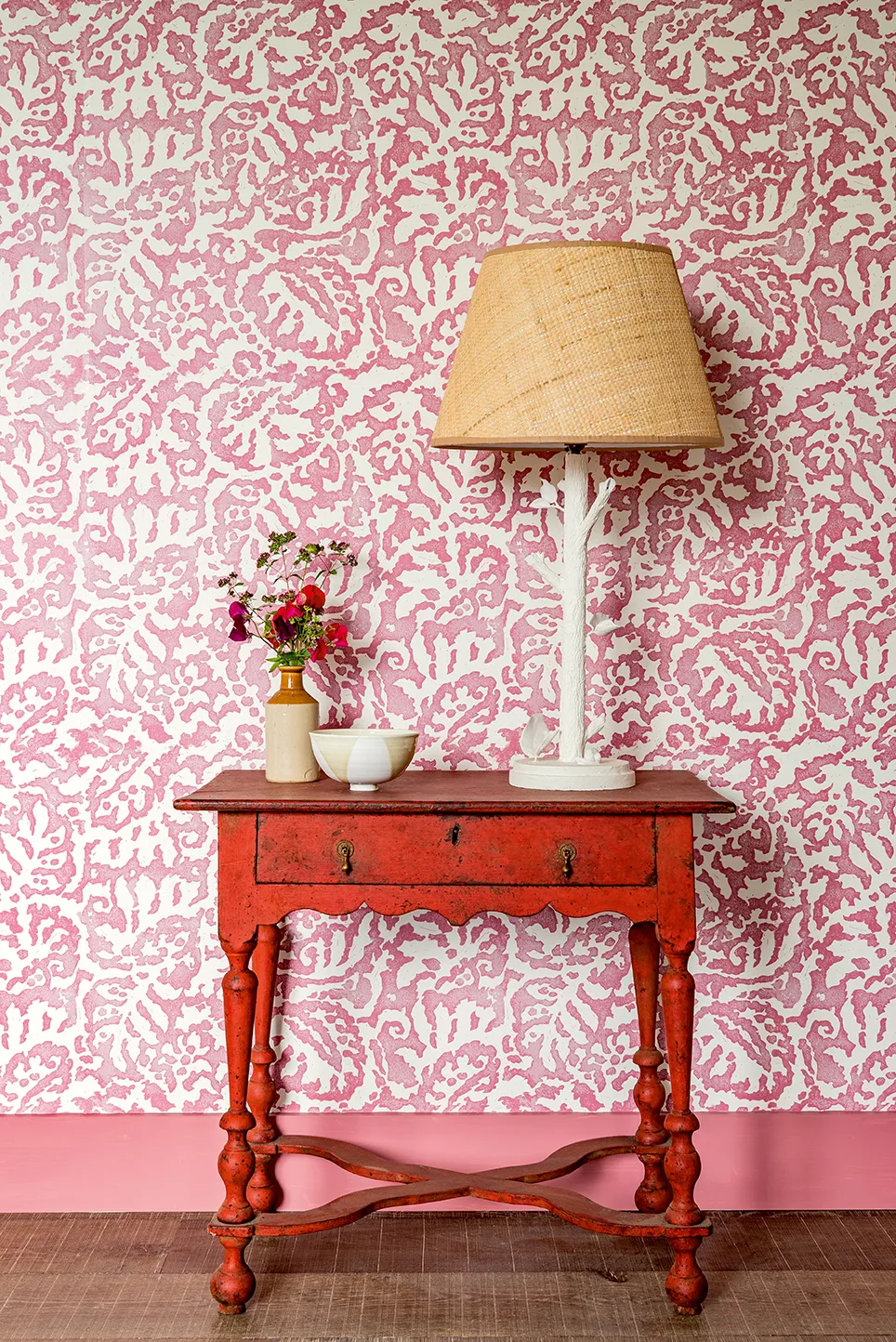
Rebecca Aird, co-founder of Gloucestershire fabric and wallpaper company Rapture & Wright, has gone one step further to minimise the impact her company has on the environment. ‘As a small manufacturing studio, we believe that the hand of the maker shouldn’t leave an imprint on the environment,’ she says. ‘We’ve developed a new ecological treatment system, designed specifically to break down our print waste within the natural environment through a series of ‘living ponds’. This has already created new habitats for a variety of indigenous wildlife. We are the first print works in the country (and possibly the world) to install such a system.’
Waste is also a key concern for Rebecca. ‘Most people buy wallpaper in rolls when they don’t need whole rolls – they can lose two metres at the end of each roll when they hang the paper, and this is wasteful. We print wallpaper to order and by the metre so there is no waste. So many unnecessary rolls of wallpaper can be held by companies and sometimes half of it is never sold, so it ends up in landfill or is burned.’ She also warns buyers to beware of wallpapers with metallic designs or plastic coatings as these cannot be recycled and neither do they biodegrade.
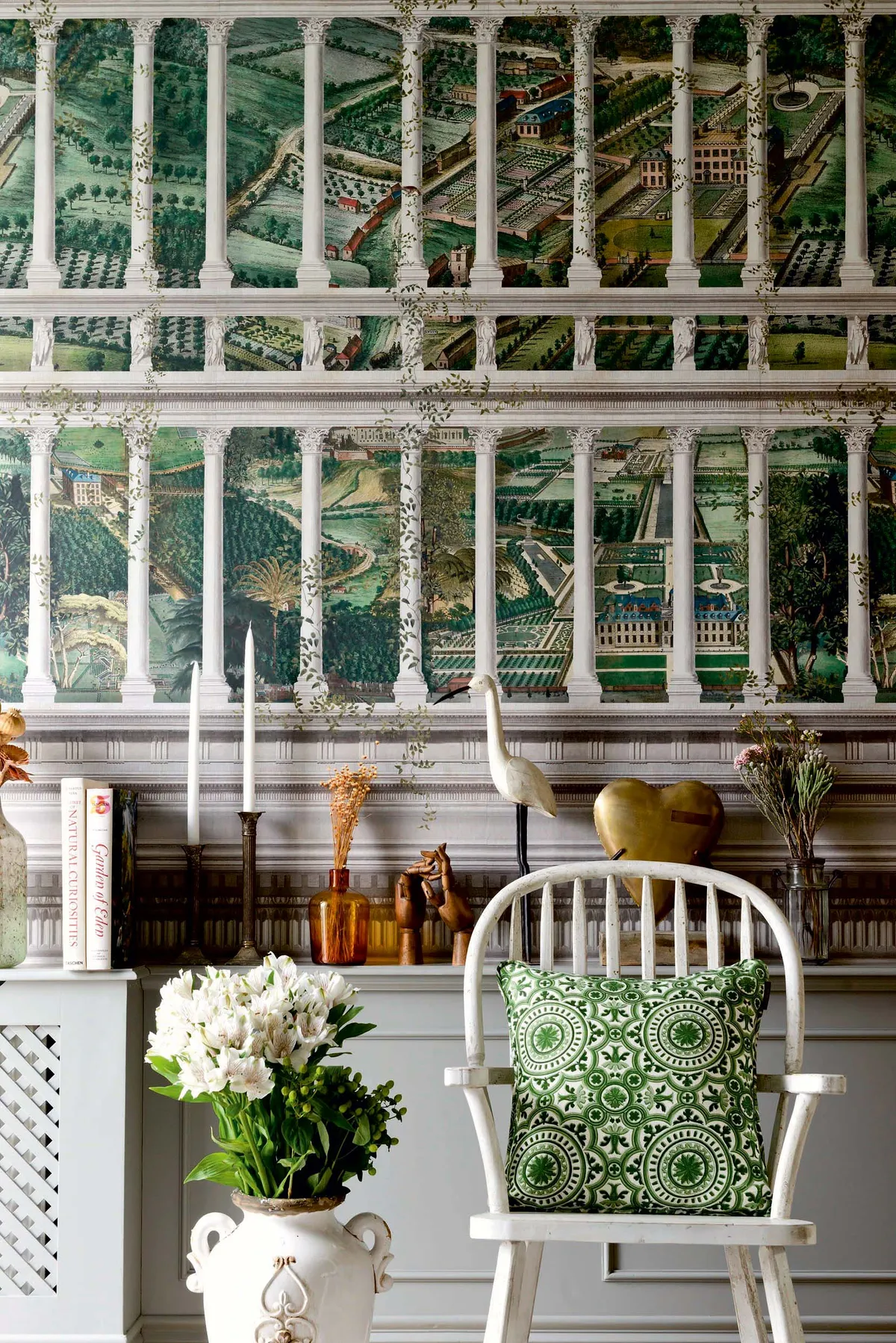
Another issue can arise with solvents in the glue and paste, so be sure to seek out a natural product for attaching the wallpaper to your walls. Natural paint company Auro, which focuses on sustainability and carbon neutral production, also produces a safer, plant-based wallpaper paste.
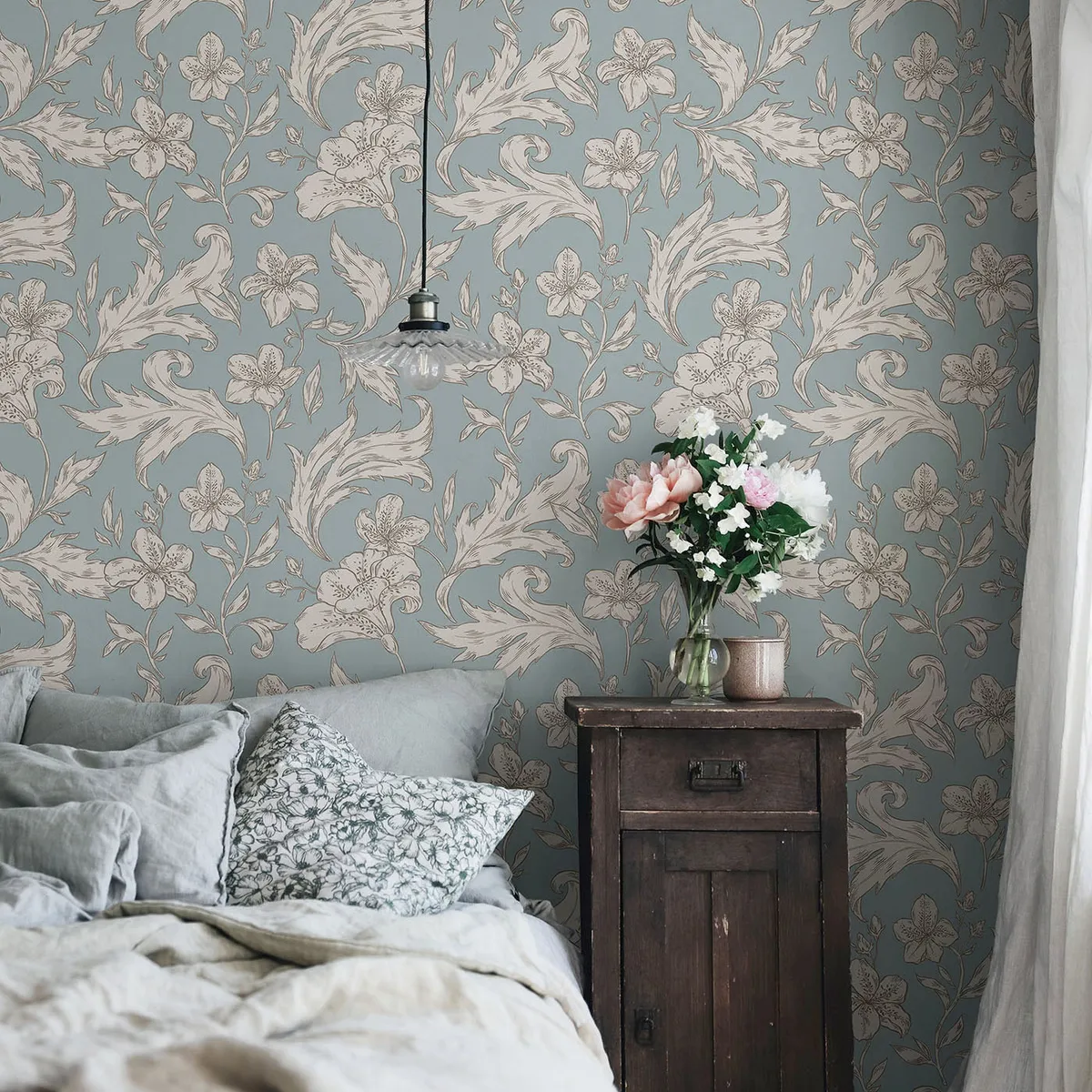
Expert in sustainable architecural and interior design Oliver Heath, adds: ‘We need greater transparency from manufacturers when buying materials. It applies to everything we buy. We need to ask them, “Who made it?” “Where does it come from?” “Is the material from a sustainable source?” And, when we’re finished with it, “Where will it go?”’ Armed with answers to these questions you can choose your wallpaper knowing you’re making a sound choice.

If you're a Farrow & Ball fan, read our list of the best Farrow & Ball wallpapers.
Wallpaper swatches
1
Mark Hearld Squirrel and Sunflower wallpaper in Clay Bisque, £72 per roll, St Jude’s
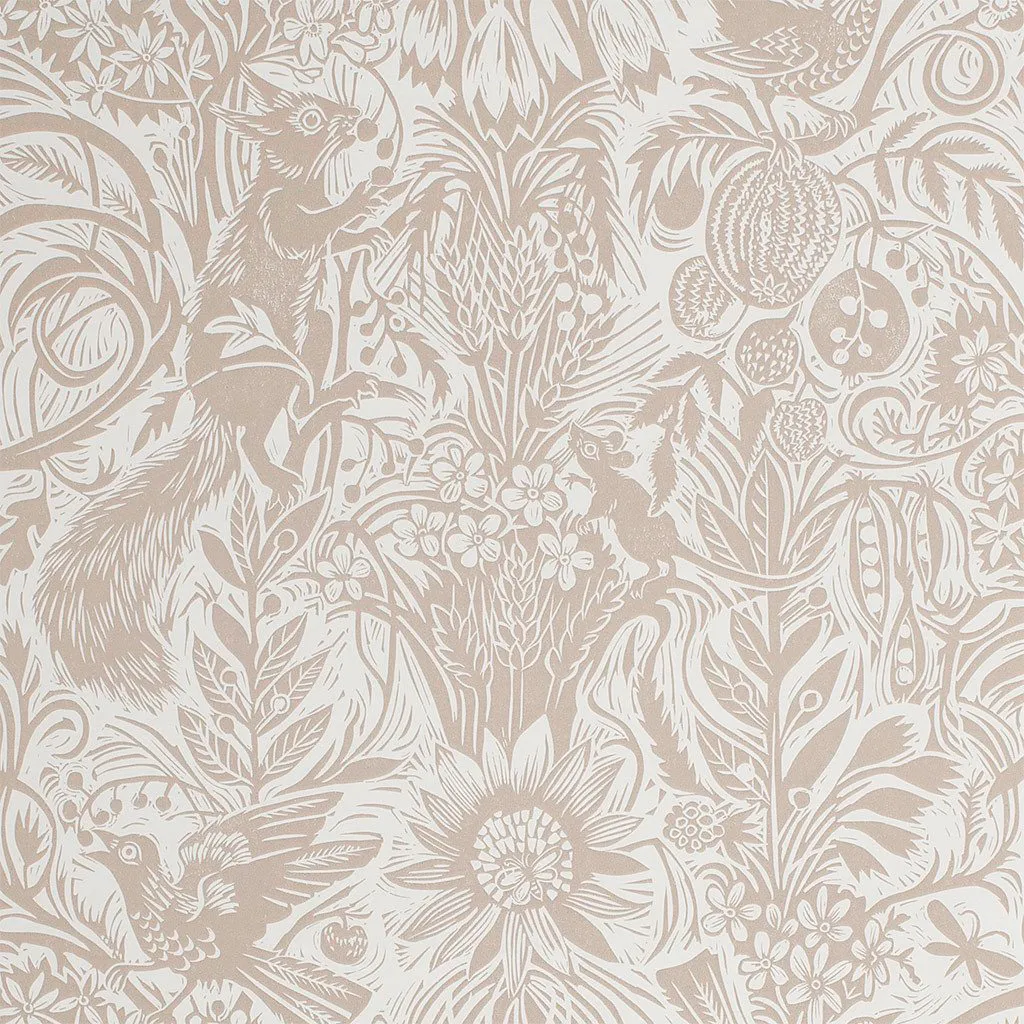
2
Cloud Garden in Vert de Gris, £25 per m, Rapture & Wright

3
Sandra wallpaper in Misty Blue, £25 per m, Sandberg
